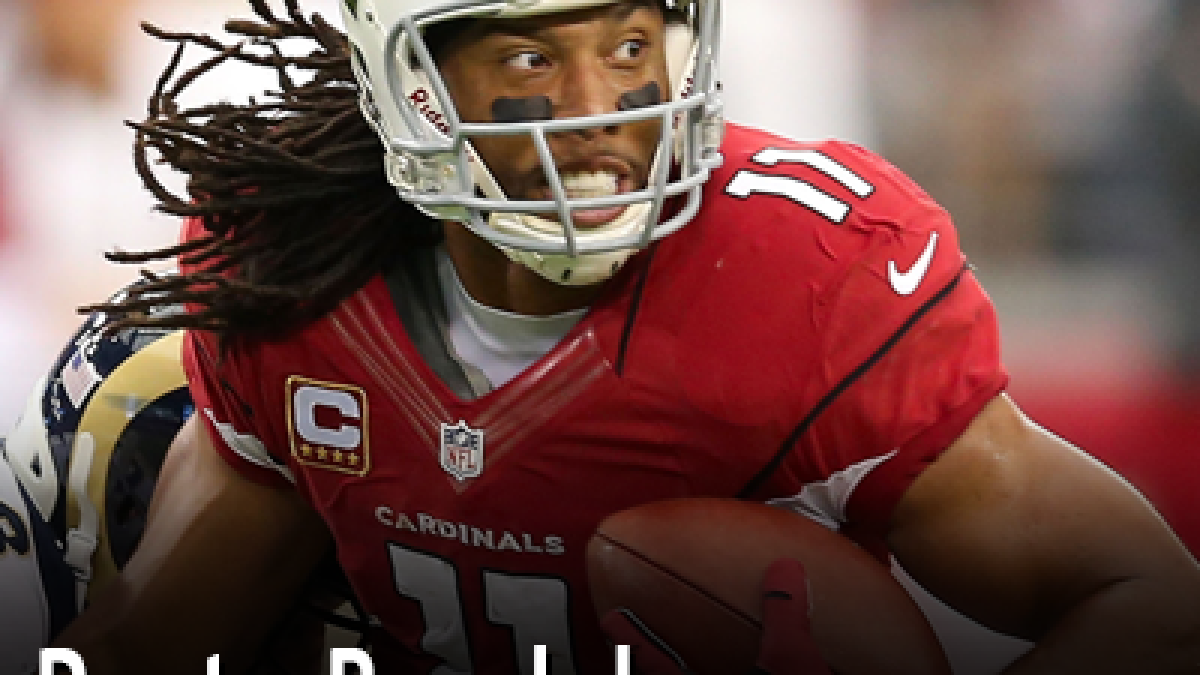 In an effort to add to the reams of data that we already collect at PFF, we took the passing game to a whole new level in 2013.
In an effort to add to the reams of data that we already collect at PFF, we took the passing game to a whole new level in 2013.
Instead of just tracking each receiver’s targeted route, we went ahead and charted every route run on every pass play in the NFL and continued this work in 2014. We can now tell you how often each receiver ran a particular route, at which depth he ran it, and whether or not he was targeted.
This data becomes quite useful when analyzing each receiver’s role, but it’s also handy when determining passing concepts for each team. The ante was upped further this past season as we added exact WR splits as well as shifts in motions to our charting data. We now have the data to break down how often teams run their favorite plays, and the corresponding tendencies that come with them.
How often did Peyton Manning run his staple “levels” concept? How often did Chip Kelly have a built in bubble screen for his slot receivers? Which team’s receivers run the deepest routes? This is the type of data that can only be found in the PFF database, and it’s a big reason why NFL teams are adding our information into their weekly scouting reports.
While much of this data remains exclusive for NFL team usage, we’re pulling back the curtain to show some of the passing game trends, starting on a route-by-route basis.
Here’s a look at the corner route.
Route Overview

Our route charting is extremely detailed, but for the sake of this exercise, routes will be sorted into the basic families above. So while we can tell you if a wide receiver’s “go” route had an inside or an outside release, or if it was run up the seam or with a back shoulder throw, all of these unique routes will be lumped into the “go” route category for simplicity sake.
The Corner Route
The corner route (or “flag”) is a deep route with an outside break (often 45 degrees) toward the sideline. One of the common double move variations included in this data is the post-corner, which involves an initial inside move before breaking to the corner.
Routes

– Two tight ends topped the list for most corner routes, though they accounted for a higher percentage of Davis’ total routes at 10.2%.
– Fleener ran the most corner routes, but only gained a 19th-ranked 79 yards on 10 targets.
– Green Bay’s Randall Cobb finished with the third most corner routes, running it on 6.5% of his routes. He was also among the top players for both slants and out routes.
– As a percentage of total routes, eight of the top nine players for corner routes were tight ends. Ted Ginn was the highest ranking receiver, running a 7 on 9.8% of his routes.
Targets

– A familiar name tops this list in Larry Fitzgerald, who also ranked 10th in yards (101) and seventh in target percentage.
– Cincinnati’s Dane Sanzenbacher finished with just three total targets, but he was targeted on 23.1% of his corner routes, which led the league by a wide margin. Dion Sims was tied for second with several players a 14.3%.
Yards

– Hilton finished second in total targets, but led the NFL in yards by a decent margin after averaging more than 25 yards on a league-leading seven catch total.
– Receivers dominated in yards gained with Delanie Walker (109) and Greg Olsen (100) the only tight ends to gain 100 or more yards on corners.
– Second-ranked Alshon Jeffery was one of 12 players to gain more than 20 yards per target.
Yards per Route Run

– No player was more productive on corners than Kenny Britt, who gained 70 yards (22nd ranked) while running the route just 12 times.
– Malcom Floyd ran a corner on just 3.4% of his routes, a below-average rate among included players, but he managed to gain 128 yards on those plays (fourth-ranked).
Follow Mike on Twitter: @PFF_Mike
![]()


 © 2025 PFF - all rights reserved.
© 2025 PFF - all rights reserved.